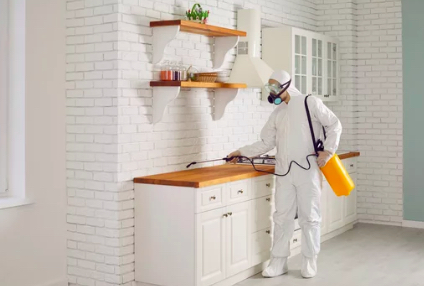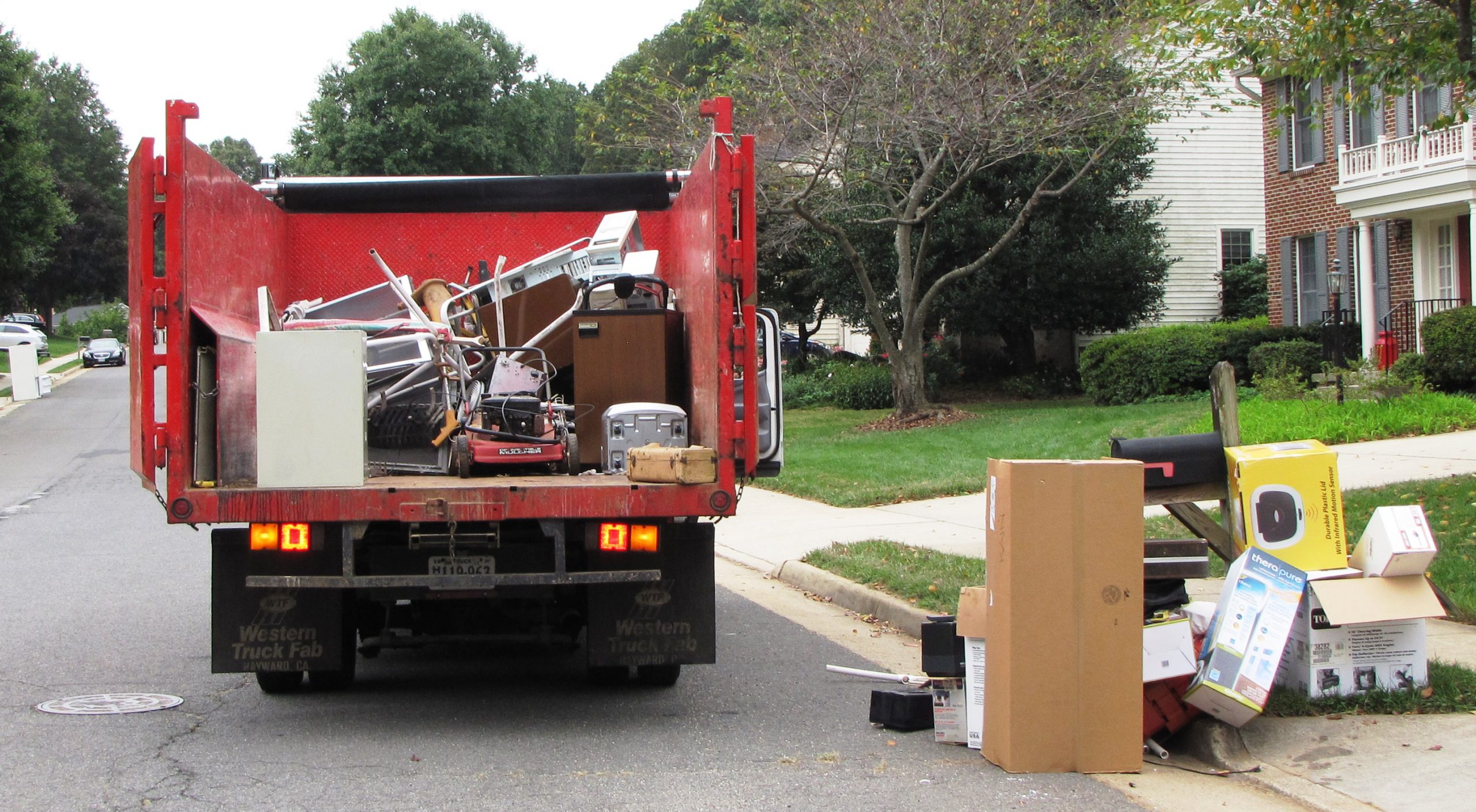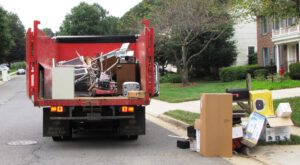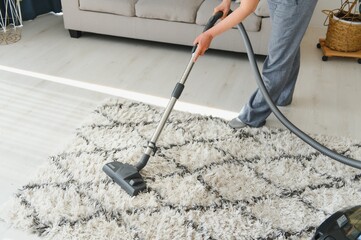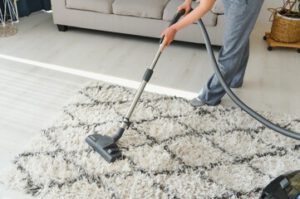Homeowners may have to purchase pest control products and equipment and spend time applying and monitoring treatments. They can also incur additional costs if their DIY solutions fail to provide satisfactory results. Some pests, such as termites and bed bugs, require professional handling. Others, like fruit flies and mosquitoes, are easier to deal with at home. Click Here to learn more.
When pests invade your home, you have several options for eradicating them. You can hire a professional pest control company to take care of the problem for you, or you can try DIY pest control methods. These methods are cheaper than hiring a professional, but they may not be as effective. In addition, they can have negative side effects on your health and the environment.
There are many different types of DIY pest control techniques, ranging from natural remedies to commercially available sprays and traps. Some are harmless to humans and pets, while others contain toxic chemicals. Many of these DIY methods do not address the root causes of the infestation, so they are unlikely to be effective in long-term. Some of these DIY methods are also ineffective against certain pests, such as termites and wood-boring beetles.
DIY pest control can be expensive, especially if you need to purchase premixed and diluted gallons of product and equipment to use it. In addition, you need to store the products properly and maintain the equipment to ensure their safety. These costs can add up quickly, especially if you have a serious pest problem.
The cost of DIY pest control can vary significantly, depending on the type of pest and the severity of the infestation. Some pests require multiple treatments on a regular schedule, while others need more intensive types of treatment. For example, ground-dwelling wasps need sprays and the physical destruction of their nests to be eliminated, while termites and wood-boring beetles require fumigation and heat treatment.
Some DIY pest control services offer a monthly, quarterly, or annual subscription fee that includes the application of chemical products to your home for preventive maintenance. These services can be a great option for homeowners who don’t want to deal with the hassle of buying and applying the products themselves. However, they are not suitable for treating a serious pest infestation.
A professional pest control service can be costly, but it’s often worth the investment to get rid of harmful insects and animals. Professionals know how to target the source of the problem, and they can also provide tips on how to avoid future infestations. In addition, a professional pest control company uses safe and effective methods that are less dangerous to your family’s health.
Do-it-yourself pest control is a popular and affordable way to rid your home of unwanted insects. It is also relatively safe, especially if you follow certain precautions. These include wearing protective gear, storing products in secure places, and keeping children and pets away from areas where chemicals have been used.
DIY pest control can take a variety of forms, including sprays, traps, baits, and powders. Each type has its own benefits and drawbacks, so it is important to carefully research the product before using it. For example, a spray may work well for eliminating a visible anthill, but it is unlikely to help you get rid of an out-of-reach cockroach nest. Similarly, traps and baits should be placed in locations that pests frequent, while sprays are best for large areas.
It is also important to remember that DIY pest control methods can be harmful to the environment and should be used with care. They can cause harm to beneficial insects and disrupt the ecosystem. In addition, they often contain toxic chemicals that can be dangerous to humans and animals. Therefore, it is important to use these methods sparingly and only when necessary.
The first step in preventing an infestation is to keep your house clean. Pests are attracted to food crumbs and moisture, so making sure that you clean up regularly can prevent them from entering your home. You should also make sure that your windows and doors are properly sealed and that there are no cracks or holes around the house. It is also a good idea to repair any leaky pipes and faucets and to make sure that your trash bins are tightly closed.
While DIY pest control is a great option for most homeowners, it is not recommended for severe infestations. Severe infestations require the assistance of a professional to ensure that they are completely eradicated. Otherwise, the pests will simply return once they are free of their natural predators. Stubbornly sticking to a DIY approach may worsen the situation and even lead to expensive repairs in the long run.
When it comes to DIY pest control, it’s important to remember that it takes time to complete the project. You need to know the habits of the pests you’re dealing with, and you must be willing to put in the work to achieve results. It’s also important to understand that certain pests may require professional treatment, as they can be dangerous and difficult to eradicate.
You can use various methods to eliminate pests from your property, such as trapping them, using pest repellents, and spraying the area with a chemical insecticide. It’s important to be committed to the process and to perform treatments on a regular basis. Failure to do so will result in an exacerbated pest problem and additional damage to your property.
You can buy a diy pest control kit at most home improvement stores. These kits come with instructions and safety precautions. They also provide a warranty to ensure your satisfaction. You can also use eco-friendly products for DIY pest control, which are less toxic than traditional chemicals. They are also safer for humans and pets. However, they may not be as effective as traditional pesticides.
In the DIY ethos that permeates almost every industry and bit of culture, many people think they can tackle pest control on their own. However, this is not always the case, and it is often better to hire a professional.
In fact, professional pest control is more effective and safer than DIY methods. This is because most DIY pest control products contain harmful chemicals that may pose a health risk to residents and pets if applied incorrectly or excessively. These chemicals may also cause environmental damage and harm beneficial insects. Moreover, some of these products may have long-term effects on the environment and can lead to the development of resistant pests.
Most diy pest control remedies aim at deterring pests from entering a home or at reducing the number of pests present in a home. However, they usually only offer short-term relief and only provide a temporary solution to the problem. They might also cause more damage to the property if they are not used properly.
Some pests, such as termites or bed bugs, require specialized knowledge and equipment for treatment. In addition, these pests are very difficult to eradicate and may require more than one treatment. In addition, they can leave behind a lot of waste and debris. This can be very dangerous to children and pets. Professionals have the requisite skills, experience and equipment to safely and thoroughly eradicate these pests.
The most common method of DIY pest control is to use a spray or aerosol insecticide. These chemicals destroy the nervous system of insects, causing them to die. The best way to ensure proper use of these products is to read the label and follow all safety precautions.
Another popular DIY pest control is to use natural products, such as lemon juice or pepper. This method is effective because the acid in these substances kills the pests, leaving them no place to hide. However, natural pesticides are less effective than their chemical counterparts and may not be able to fully eliminate the pests.
Using natural pest control methods requires time and effort, so it is not suitable for busy homeowners or those who do not have enough free time. Moreover, some of these methods do not work well on all types of pests, and they are not very effective against certain types of pests, such as cockroaches or rodents.
